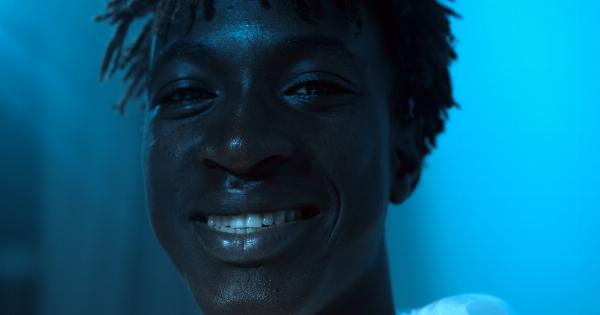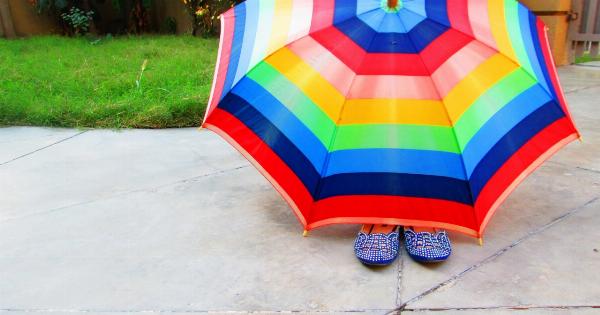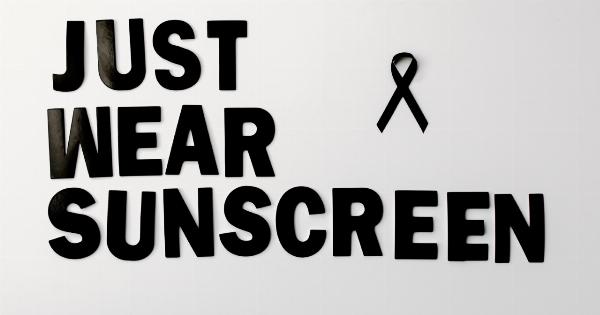Have you ever experienced a painful sensation in your eyes after spending time outside on a sunny day or after staring at welding equipment? If yes, then you might have experienced photokeratitis, commonly known as corneal sunburn or snow blindness.
Photokeratitis is a painful but usually temporary eye condition caused by prolonged exposure to ultraviolet (UV) light. In this article, we explore what photokeratitis is and what symptoms you might experience if you have it.
What is Photokeratitis?
Photokeratitis is a condition that occurs when the cornea, the transparent layer covering the front of the eye, is damaged by UV radiation. UV rays are present in sunlight, fluorescent lights, and welding torches.
Prolonged exposure to these sources of UV radiation can cause the cornea to become inflamed and swollen, resulting in photokeratitis.
What are the Symptoms of Photokeratitis?
The symptoms of photokeratitis may not appear immediately, but they usually develop within 6-12 hours after exposure to UV radiation. Common symptoms of photokeratitis include:.
- Eye pain
- Redness of the eyes
- Tearing or watery eyes
- Sensitivity to light or photophobia
- Blurred vision
- Gritty or sandy feeling in the eyes
- Headache
In severe cases, photokeratitis can cause temporary vision loss, which usually resolves within 24-48 hours after the radiation exposure.
However, repeated exposure to UV radiation without eye protection may lead to long-term damage, such as cataracts or macular degeneration.
Who is at Risk of Photokeratitis?
Everyone is at risk of photokeratitis, but the risk is higher in people who work or participate in outdoor activities without proper eye protection. Activities that increase the risk of photokeratitis include:.
- Skiing or snowboarding
- Surfing or water sports
- Camping or hiking
- Fishing or hunting
- Working with welding torches
- Participating in winter sports such as ice skating or ice hockey
- Participating in water sports such as sailing or water skiing
It is important to wear protective eyewear that blocks 99-100% of UV radiation when participating in these activities to reduce the risk of photokeratitis.
How to Treat Photokeratitis?
Photokeratitis is usually a temporary condition that resolves on its own within 24-48 hours of exposure to UV radiation. However, the following tips may help to ease the symptoms:.
- Avoid further exposure to UV radiation
- Rest your eyes and avoid bright lights
- Apply cool compresses to your eyes
- Use artificial tears or lubricating eye drops to relieve dryness and irritation
- Take over-the-counter pain relief medication such as ibuprofen or acetaminophen to alleviate pain
- Wear sunglasses that offer UV protection to prevent further damage to your eyes
If the symptoms persist or worsen, seek medical advice from an ophthalmologist or optometrist. They may prescribe medications such as antibiotic eye drops or steroid eye drops to reduce inflammation and promote healing.
How to Prevent Photokeratitis?
The best way to prevent photokeratitis is to protect your eyes from UV radiation. Here are some preventative measures you can take:.
- Wear sunglasses that block 99-100% of UV radiation
- Wear a hat with a wide brim
- Use protective eyewear when participating in outdoor activities or working with welding equipment
- Avoid looking directly at the sun, especially during a solar eclipse
If you wear contact lenses, choose those that offer UV protection and avoid wearing them for an extended period. Contact lenses can trap UV radiation against your cornea, increasing the risk of photokeratitis.
Conclusion
Photokeratitis is a painful but usually temporary condition that can be easily prevented with proper eye protection. If you experience any of the symptoms discussed in this article, seek medical advice from an ophthalmologist or optometrist.
Remember to protect your eyes from UV radiation by wearing sunglasses, hats, and protective eyewear.

























